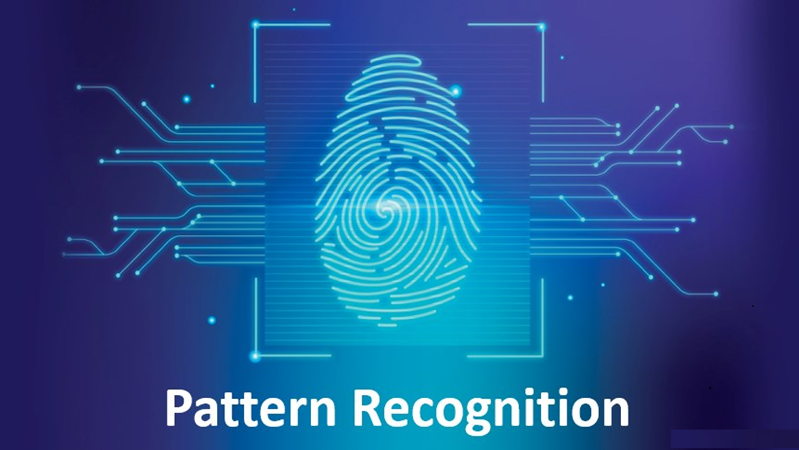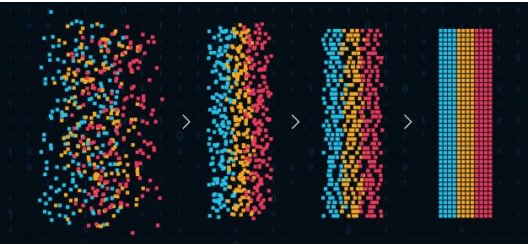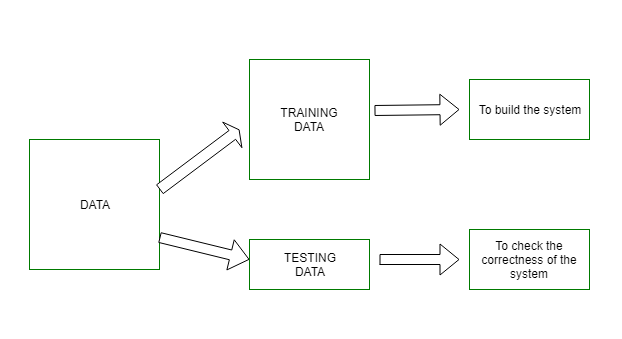
Pattern Recognition-Introduction
Pattern is everything around in this digital world. A pattern can either be observed mathematically or seen physically by applying algorithms. One of the key features that govern any AI or ML project is Pattern Recognition.
What is Pattern Recognition?
Pattern recognition is the method of identifying patterns by using machine learning algorithm. It is the process which can detect different categories and get information about particular data.

Voice recognition, weather forecast, object detection in images, etc. are some of the applications of patterns recognition.
Features of Pattern Recognition:
- It learns from the data.
- Recognize patterns automatically even when partially visible.
- Recognize patterns which are familiar.
- The pattern has to be recognized from different angles and shapes
Training and Learning Models in Pattern Recognition
Through learning system gets trained and becomes adaptable to give result in an accurate manner. Learning from the data can tell how the system predicts depending on the input data provided as well as which algorithm is best for specific data. Total dataset is divided into two categories, one is used for training the model called as Training set and the other is used for testing the model called as Testing set.
Training set:
Training set consists of the set of images which are used to train the system and is used to build a model. Training rules and algorithms are applied on the dataset and the system takes relevant information from the input data, thereby deciding the output that associates with the input dataset. Generally, we take 80% of the data from the dataset for training the system.
Testing set:
After the system is being trained, testing dataset is used to test the system. This set is used to verify whether the system is producing the correct output after being trained or not. Generally, 20% of the data from the dataset is used for testing. Accuracy of the system is being measured by testing set.

Advantages:
- Pattern recognition solves classification problems
- It solves the problem of fake bio metric detection.
- It is useful for visually impaired blind people for cloth pattern recognition
- It helps in speaker diarization.
- Recognize certain objects from different angle.
- DNA sequences can be interpreted
Disadvantages:
- Syntactic Pattern recognition approach is very slow process and complex to implement.
- Sometimes larger dataset is required to get better accuracy.
- It cannot describe why a specific object is recognized.
Applications:
- Computer vision:With the help of pattern recognition objects in images can be recognized which can be used in face recognition, farming tech, etc.
- Engineering:Speech recognition is widely used in systems such as Alexa, Siri, and Google Now.
- Geology:It helps geologist to detect rocks.
- Speech Recognition:In speech recognition algorithm, words are treated as a pattern.
- Fingerprint Scanning:In fingerprint recognition, pattern recognition is widely used to identify a person one of the applications to track attendance in organizations.
- Radar signal classification/analysis: Pattern recognition is used in many applications of radar signal classifications such as AP mine detection and identification.



